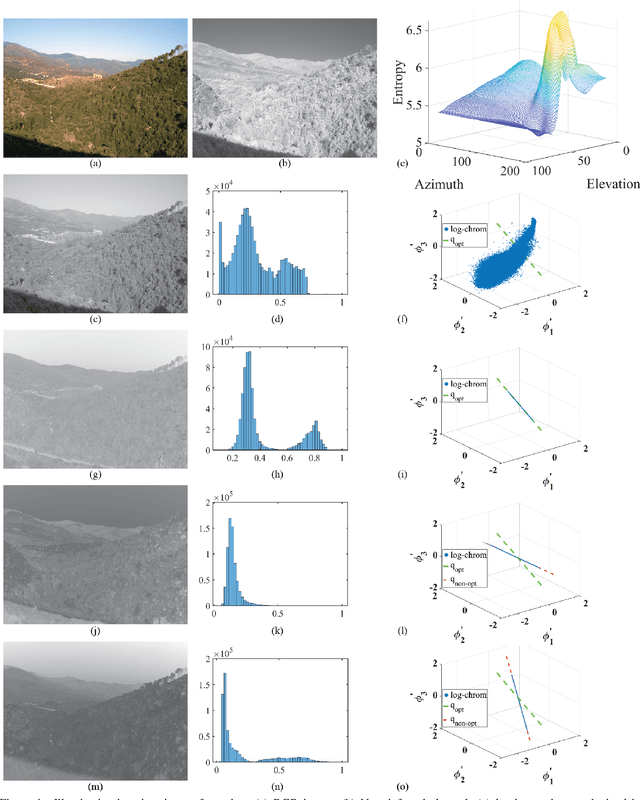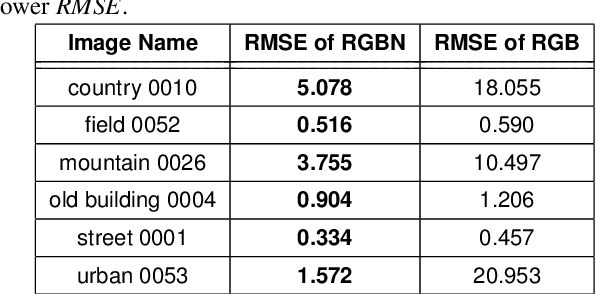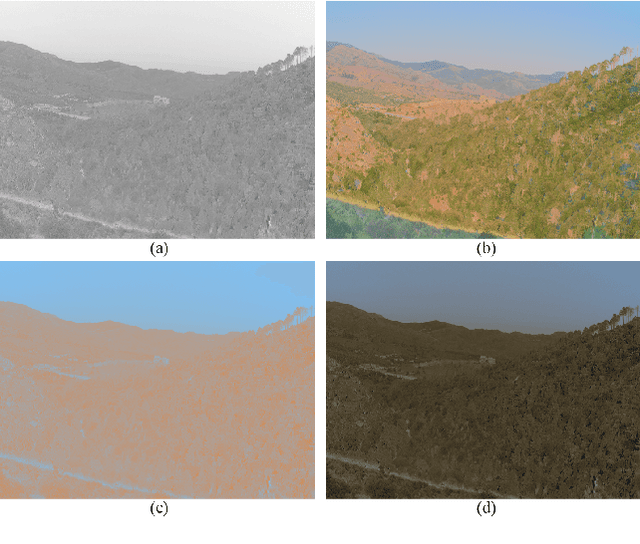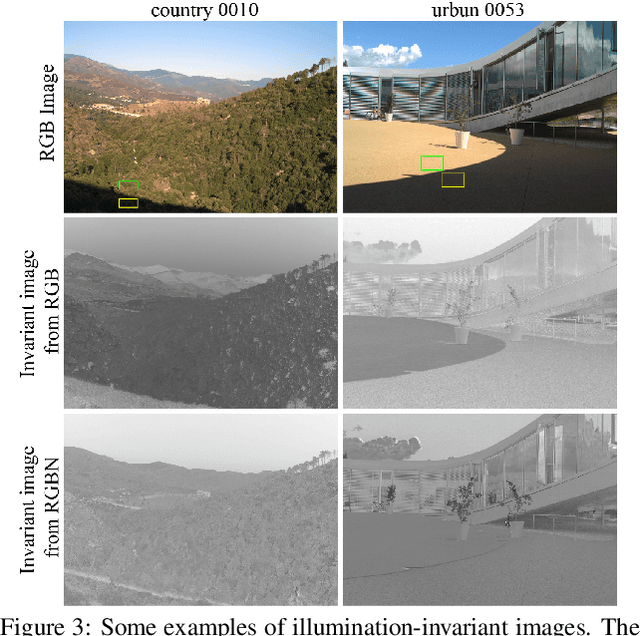Illumination-Invariant Image from 4-Channel Images: The Effect of Near-Infrared Data in Shadow Removal
Paper and Code
May 04, 2020



Removing the effect of illumination variation in images has been proved to be beneficial in many computer vision applications such as object recognition and semantic segmentation. Although generating illumination-invariant images has been studied in the literature before, it has not been investigated on real 4-channel (4D) data. In this study, we examine the quality of illumination-invariant images generated from red, green, blue, and near-infrared (RGBN) data. Our experiments show that the near-infrared channel substantively contributes toward removing illumination. As shown in our numerical and visual results, the illumination-invariant image obtained by RGBN data is superior compared to that obtained by RGB alone.
* Accepted for oral presentation in London Imaging Meeting 2020
 Add to Chrome
Add to Chrome Add to Firefox
Add to Firefox Add to Edge
Add to Edge